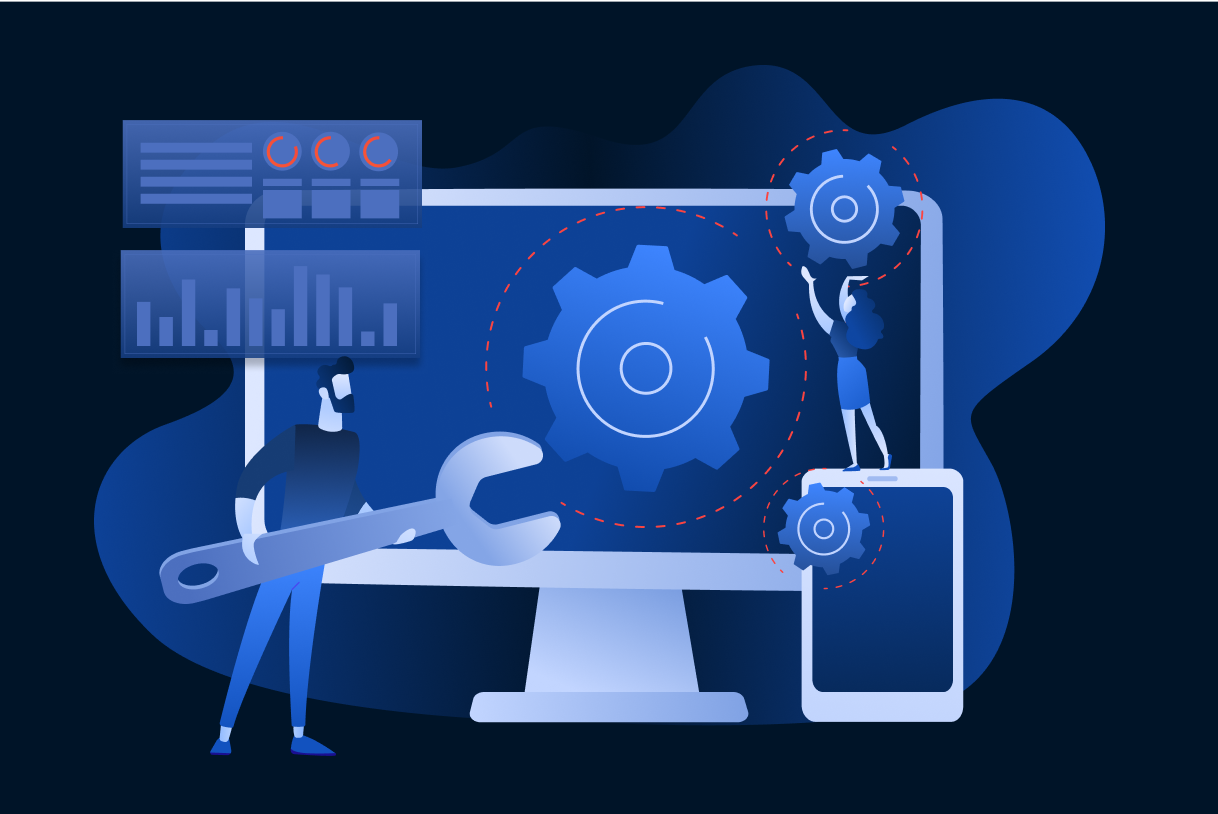Building custom software is an exciting opportunity that could lead to substantial business growth. Just like any meaningful innovation, custom software development includes a number of risks and analysing them should form an essential part of the planning process. Given the amount of time and resources that are typically invested in custom software development projects, it is crucial to identify, assess, and mitigate the potential risks to increase your chances of success. Polymorph has delivered numerous successful software development projects over the past 12 years and would highlight 4 important risks that should be addressed to ensure successful software development. These risks are discussed below:
1. Value risk
Does the software address a real need, or is it just a “nice to have”? Value risk is the risk of users not choosing to use your software. Developing software that users won’t use is the surest way to fail. Assessing value risk entails asking questions such as: why an app, what real business problem or customer need are you addressing, has this perceived need or problem been validated with target users, and have you conducted a competitor analysis?
2. Business viability risk
Does your software make business sense? Business viability risk entails asking whether you will be getting the required business value from your software and identifying key objectives that will make building the software worth it. The biggest concern is the risk that your chosen solution won’t work for the various parts of your business, such as sales, marketing, finance, legal, etc.
3. Usability risk
Do users enjoy using your software or are there aspects that they find frustrating? Usability risk is the risk that users can’t figure out how to use your software. User experience (UX) design, as the first step in the development process, can either boost your software or ruin it. Therefore, apps that do not meet their intended purpose because they are, for example, frustrating to navigate suffer from inadequate or poorly executed UX design. However, the majority of usability issues can be addressed before writing a single line of code. It all comes down to one overarching question: “Who are your users?” Followed by user testing to discover usability issues.
4. Technical feasibility risk
Can it be done is not the right question. Anything can be done given enough time and unlimited resources. The right question is, what can be done with the available time and resources? Technical feasibility risk is the risk that software engineers can’t build what you need with the available time, skills and technology. Let’s take app development for example – Two overarching questions will allow you to mitigate this risk: Does your app need to integrate with existing software or systems within your business ecosystem and how and where will your users access your app? For example, an app that has to be used deep within a coal mine while sending and receiving data will need to overcome specific connectivity and durability challenges.
Software development is risky business but overcoming the risks can lead to great reward. To ensure you mitigate the 4 risks mentioned above and receive the highest return on your investment, it is important to select the right partner that will take ownership of your business objectives, drive your software development strategy, and invest in proper research and UX design before development. Our follow-up articles will break down and consider each risk in detail.
If you would like to assess whether you are ready to start building your app, please use our free app calculator to find out in a few simple steps.





